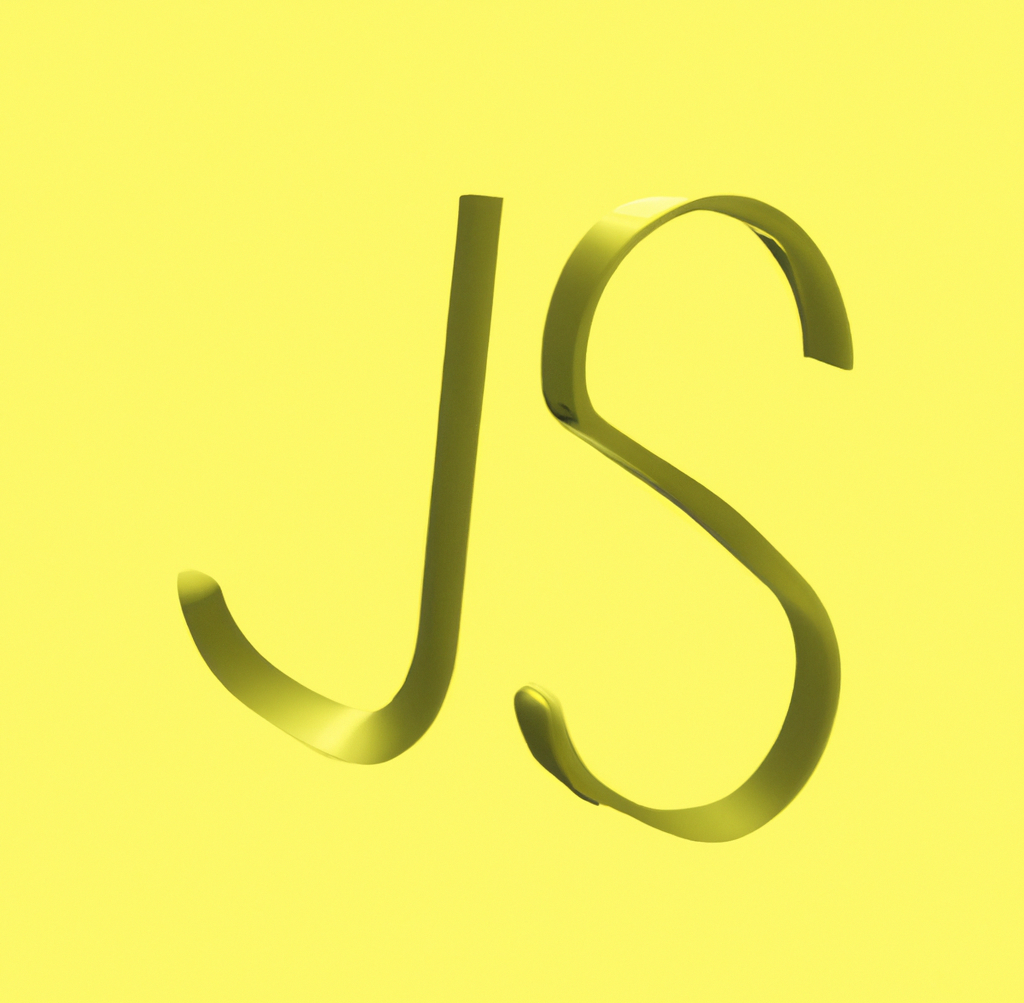Curious About Technology
Welcome to Coding Explorations, your go-to blog for all things software engineering, DevOps, CI/CD, and technology! Whether you're an experienced developer, a curious beginner, or simply someone with a passion for the ever-evolving world of technology, this blog is your gateway to valuable insights, practical tips, and thought-provoking discussions.
Recent Posts

Testing GORM with SQLMock
GORM is one of the most popular ORM (Object-Relational Mapper) libraries in Go, providing a simplified and consistent way to interact with databases. As with all application code, it's imperative to ensure that your database operations are thoroughly tested. However, hitting a real database during unit tests isn't ideal. This is where SQLMock comes in. SQLMock provides a way to mock out your SQL database so you can test your GORM code without needing a live database.

Package Design: Crafting Clear and Encapsulated Code
Software development isn't just about writing functional code; it's about structuring that code in a manner that promotes maintainability, scalability, and comprehension. One of the pivotal methods to achieve this structure is through effective package design. The art of packaging can be likened to the compartments in a well-organized closet. You wouldn't want to jumble up your winter clothes with summer wear, would you? Similarly, in software, coherent organization is the key to sanity and efficiency.

Defensive Programming in Go: The Power of defer and Nil Checks
In the vast ecosystem of software development, safety and robustness are two of the primary goals every developer should aspire to achieve. As our software becomes an integral part of modern infrastructure, the margin for error narrows. Ensuring that our software behaves predictably even under unexpected conditions is crucial. In this blog post, we’ll delve into two core techniques that bolster safety in the Go programming language: using the defer statement to ensure resources are cleaned up and guarding against nil pointer dereferences.

Object-Oriented Programming in Swift
Object-Oriented Programming (OOP) is a programming paradigm that relies on the concept of “objects” to design and organize code. Swift, the language developed by Apple for iOS, macOS, and other platforms, fully supports OOP concepts.

A Closer Look at Python Collections: Making the Most of namedtuple, deque, and Counter
Python, a versatile and widely used programming language, boasts a rich standard library that caters to a plethora of use cases. One such module that stands out for its utility is the collections module. This module provides alternatives to built-in types that offer additional functionality and performance benefits.

Introduction to TypeScript: Adding Static Typing to JavaScript
JavaScript has been the language of the web for decades, driving interactive web experiences, powering frontend frameworks, and even running server-side applications. While its flexibility is one of its greatest strengths, it can also be a source of bugs and confusion, especially when applications scale. Enter TypeScript—a superset of JavaScript that introduces static typing.

Graceful Shutdown in Go: Safeguarding Containerized Applications
In today's container-driven world, applications must be prepared to handle interruptions and terminations with grace and elegance. Especially in orchestrated environments like Kubernetes, an application could be rescheduled, moved, or terminated due to a myriad of reasons. For developers, this emphasizes the importance of ensuring their application can handle shutdown signals gracefully. Go (or Golang), with its lightweight concurrency model and robust standard library, offers tools to achieve a graceful shutdown. Let's delve into how we can implement this in a Go application.

Reducing Binary Size in Go: Strip Unnecessary Data with -ldflags "-w -s"
When building Go applications, the generated binary can sometimes be larger than what you might expect, especially when it contains debug information for the Go runtime and symbols for the linker. Fortunately, Go provides a handy way to reduce the binary size by stripping away unnecessary data. In this post, we'll dive into how to use the -ldflags "-w -s" option with go build to achieve this.

Deploying Go Applications: Options and Best Practices
Go is quickly becoming a popular choice among developers for building fast, reliable, and scalable applications. Due to its efficiency and lightweight nature, Go apps often require unique deployment considerations. Let's delve into some of the options available and best practices for deploying Go applications.

Creating a RESTful API with JWT Authentication in Go
Go has been a favorite among many developers when it comes to backend development. Its simplicity, combined with performance benefits, makes it a powerful tool for web services. In this tutorial, we'll guide you through creating a RESTful API using Go, with a focus on adding JWT (JSON Web Tokens) for authentication.

Setting Up an API Gateway Using NGINX
An API Gateway acts as a single point of entry for all your API clients. It's like a facade that forwards API requests to one or more internal microservices. One of the benefits of using an API Gateway is the abstraction of your backend services. Clients need not know about your backend's microservices; they only need to communicate with the gateway.

Using Docker to Run Unit and Integration Tests with Go
Docker has revolutionized the way we develop, build, and ship applications. It offers consistent, repeatable, and isolated environments, which makes it an ideal choice for running tests. In this blog post, we'll explore how to use Docker to run unit and integration tests for a Go application.

Utilizing Protocol Buffers (Protobuf) to Create API Contracts Between Web Server and Client
As web applications continue to evolve, so does the necessity for efficient, scalable, and clear communication protocols between the server and the client. Traditional methods like RESTful APIs using JSON or XML have been popular, but there's another player in the arena: Protocol Buffers, or "Protobuf" for short. In this blog post, we'll explore how Protobuf can be used to establish clear API contracts between a web server and a client.

Mastering Metrics and Logs in Kubernetes: Tools You Need to Know
Kubernetes (often abbreviated as K8s) has rapidly become the de facto standard for container orchestration. As organizations scale their containerized applications using Kubernetes, the need for effective monitoring and logging becomes paramount. In this blog post, we'll delve into the importance of these practices and explore some of the most popular tools and setups, including Prometheus, Grafana, the ELK stack, and the Loki-Stack.

Packages and Modularization in Go: A Comprehensive Guide
In the world of software development, modularization is a key principle that ensures maintainability, reusability, and clarity. In the Go programming language, this principle is embodied through the use of packages and modules. In this blog post, we'll delve deep into the world of Go packages, Go Modules, and the best practices surrounding them.

Swift Functions and Closures: A Comprehensive Guide
Swift, Apple's powerful and intuitive programming language, has gained immense popularity since its inception. One of the core components of Swift that makes it so versatile is its approach to functions and closures. In this blog post, we'll dive deep into the world of Swift functions and closures, exploring their definitions, usages, and intricacies.

Introduction to Swift Programming Language
Swift is a powerful and intuitive programming language developed by Apple for iOS, macOS, watchOS, and tvOS. Since its introduction in 2014, Swift has gained immense popularity due to its performance, modern syntax, and safety features. It's designed to be more concise and resilient against erroneous code, making it an excellent choice for both beginners and experienced developers.

Go and Machine Learning: An Emerging Duo
Machine Learning (ML) has been synonymous with Python for a long time. Libraries such as TensorFlow, PyTorch, and Scikit-learn have made Python the go-to language for ML. However, the landscape is ever-evolving, and there's a budding interest in using Go (or Golang) in the ML space.

Implementing a Red-Black Tree in Golang
Red-Black Trees are a type of self-balancing binary search tree. Each node in the tree has an extra attribute for denoting the color of the node, either red or black.

Reflection and the reflect Package in Go
Reflection in programming refers to the ability of a program to inspect its own structure, particularly through types; it's a form of metaprogramming. In Go, this capability is provided by the reflect package. While powerful, reflection can be tricky and should be used judiciously.
